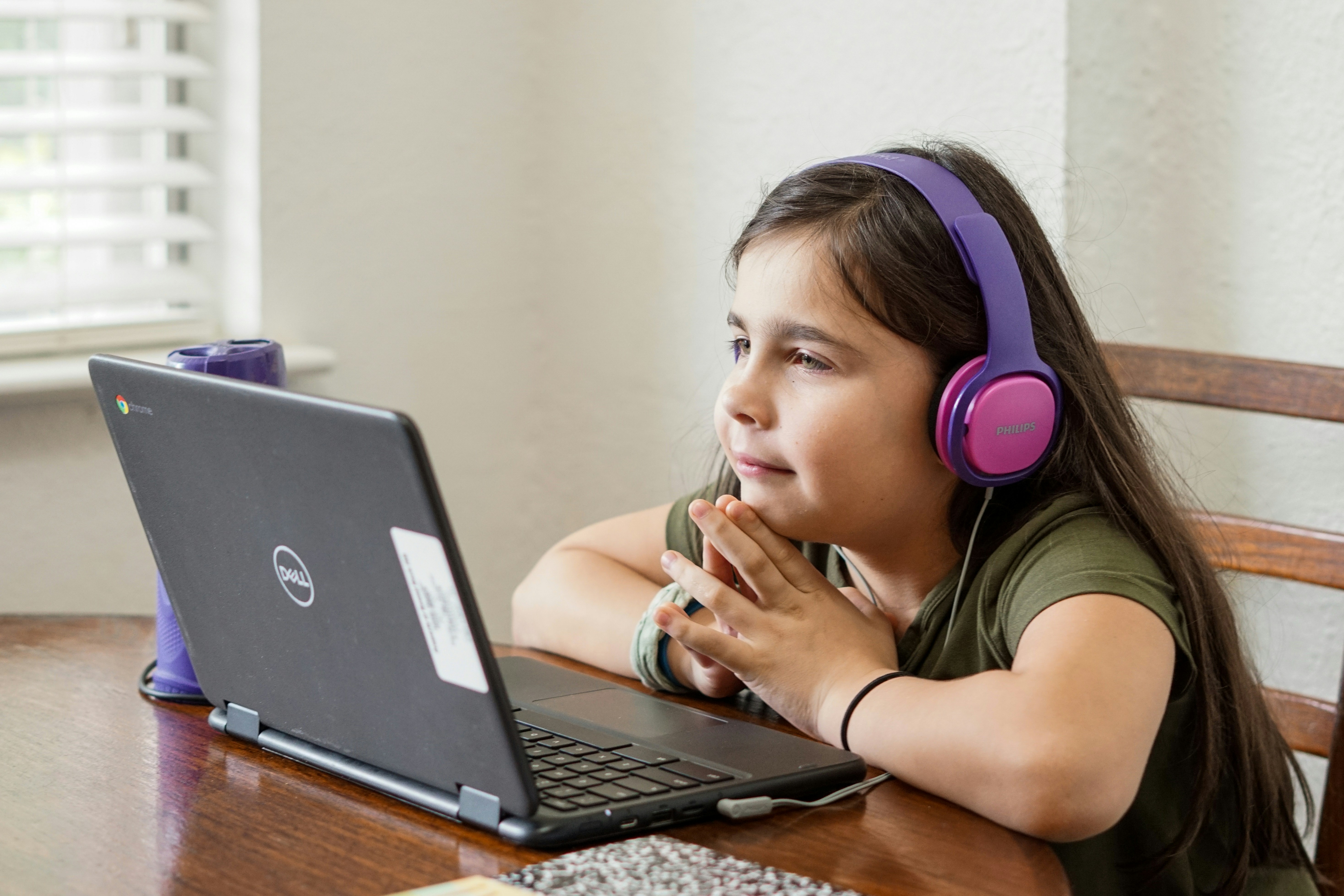Top Coding Platforms for Kids and Beginners

In today’s digital world, coding is no longer just a skill for tech professionals—it’s a fundamental literacy for the 21st century. Whether your child is interested in creating games, building websites, or simply understanding how technology works, learning to code can open up a world of opportunities.
But with so many coding platforms available, where should beginners start? In this guide, we’ll explore the top coding platforms for kids and beginners, highlighting their features, benefits, and what makes them stand out. By the end, you’ll have a clear idea of which platform is the best fit for your child or yourself as a beginner.
Why Should Kids Learn to Code?
Before diving into the platforms, let’s quickly look at why coding is so important for kids:
- Develops Problem-Solving Skills: Coding teaches kids how to break down complex problems into smaller, manageable parts.
- Boosts Creativity: Coding allows kids to bring their ideas to life, whether it’s a game, animation, or app.
- Prepares for the Future: With technology shaping every industry, coding skills are becoming increasingly valuable in the job market.
- Improves Math and Logic Skills: Coding involves patterns, sequences, and logical thinking, which reinforce math concepts.
- Builds Confidence: Successfully creating a project can give kids a sense of accomplishment and confidence.
Now, let’s explore the best platforms to get started!
1. Scratch
Best for: Young kids (ages 8-16)
Website: scratch.mit.edu
Overview
Scratch is a free, block-based coding platform developed by MIT. It’s designed to introduce kids to programming concepts in a fun and interactive way. Instead of typing code, users drag and drop blocks to create animations, games, and stories.
Key Features
- Visual Programming: Perfect for beginners who aren’t ready for text-based coding.
- Creative Freedom: Kids can create their own projects or remix existing ones.
- Community Sharing: Share projects with a global community and get inspired by others.
- Offline Editor: Available for download, so kids can code without an internet connection.
Why It’s Great for Kids
Scratch’s colorful interface and game-like environment make it engaging for young learners. It’s an excellent starting point for kids who want to explore coding without feeling overwhelmed.
2. Code.org
Best for: All ages (K-12)
Website: code.org
Overview
Code.org is a nonprofit organization dedicated to expanding access to computer science education. Its platform offers a variety of free coding courses, including the popular Hour of Code activities.
Key Features
- Diverse Courses: From block-based coding for beginners to JavaScript and Python for advanced learners.
- Themed Activities: Learn coding through themes like Minecraft, Star Wars, and Frozen.
- Teacher Resources: Lesson plans and tutorials for educators.
- Multilingual Support: Available in over 60 languages.
Why It’s Great for Kids
Code.org’s fun, interactive tutorials make coding accessible to kids of all ages. The platform’s emphasis on inclusivity ensures that every child can learn, regardless of their background.
3. Tynker
Best for: Ages 7 and up
Website: tynker.com
Overview
Tynker is a premium coding platform that offers a wide range of courses, from block-based coding to Python and JavaScript. It’s designed to grow with your child, offering increasingly advanced lessons as they progress.
Key Features
- Game-Based Learning: Kids can create games, mods for Minecraft, and apps.
- Self-Paced Courses: Over 5,000 lessons and activities.
- Parent Dashboard: Track your child’s progress and achievements.
- School Plans: Used by over 100,000 schools worldwide.
Why It’s Great for Kids
Tynker’s engaging projects and game-based approach keep kids motivated. Its structured curriculum ensures that learners build a strong foundation in coding.
4. Kodable
Best for: Ages 4-10
Website: kodable.com
Overview
Kodable is a beginner-friendly platform designed to teach coding to young children. It uses games and interactive activities to introduce programming concepts like sequencing, loops, and conditionals.
Key Features
- Simple Interface: Easy for even pre-readers to navigate.
- Comprehensive Curriculum: Covers everything from basic coding to advanced concepts.
- Parent and Teacher Tools: Track progress and customize lessons.
- Offline Activities: Printable worksheets and unplugged activities.
Why It’s Great for Kids
Kodable’s playful approach makes it ideal for young learners. It’s a great way to introduce coding concepts in a fun, stress-free environment.
5. CodeCombat
Best for: Ages 9 and up
Website: codecombat.com
Overview
CodeCombat turns learning to code into an adventure game. Kids write real code (in Python, JavaScript, or other languages) to control their characters and complete challenges.
Key Features
- Text-Based Coding: Introduces kids to real programming languages.
- Game-Based Learning: Solve puzzles and defeat enemies by writing code.
- Classroom Plans: Used by schools to teach computer science.
- Multiplayer Mode: Collaborate with friends on coding challenges.
Why It’s Great for Kids
CodeCombat’s immersive gameplay makes learning to code feel like an adventure. It’s perfect for kids who love games and are ready to transition from block-based to text-based coding.
6. Blockly
Best for: Ages 8 and up
Website: blockly.games
Overview
Blockly is a free, open-source platform developed by Google. It uses a block-based interface to teach coding concepts, with the option to view the equivalent JavaScript code.
Key Features
- Puzzle-Based Learning: Solve puzzles by arranging blocks.
- Real-Time Code Preview: See how blocks translate into JavaScript.
- Offline Access: Available as a downloadable app.
- Customizable: Developers can create their own Blockly-based apps.
Why It’s Great for Kids
Blockly’s simple, puzzle-based approach is perfect for beginners. It’s a great stepping stone to text-based coding.
7. Swift Playgrounds
Best for: Ages 10 and up
Website: Apple Swift Playgrounds
Overview
Swift Playgrounds is an app developed by Apple to teach kids how to code in Swift, the language used to build iOS apps. It’s available on iPads and Macs.
Key Features
- Interactive Lessons: Learn Swift through fun, interactive puzzles.
- Real-World Applications: Build apps and games that can be shared with others.
- No Prior Experience Needed: Designed for complete beginners.
- Integration with Xcode: Advanced learners can transition to professional app development.
Why It’s Great for Kids
Swift Playgrounds is ideal for kids interested in app development. Its sleek design and real-world applications make it both fun and practical.
8. Roblox Studio
Best for: Ages 10 and up
Website: roblox.com/create
Overview
Roblox Studio is a platform where kids can create their own games and experiences using the Lua programming language. It’s perfect for kids who are already fans of Roblox.
Key Features
- Game Creation: Design and publish your own games.
- Lua Programming: Learn a real programming language.
- Community Support: Access tutorials and resources from the Roblox community.
- Monetization: Earn Robux (Roblox currency) by creating popular games.
Why It’s Great for Kids
Roblox Studio combines coding with creativity, allowing kids to build and share their own games. It’s a great way to learn coding while having fun.
How to Choose the Right Platform
With so many options, how do you pick the best platform for your child? Here are some tips:
- Consider Their Age: Younger kids may prefer block-based platforms like Scratch or Kodable, while older kids might enjoy text-based coding on CodeCombat or Swift Playgrounds.
- Identify Their Interests: Choose a platform that aligns with their hobbies, whether it’s game design, app development, or storytelling.
- Check for Free Trials: Many platforms offer free trials or limited free versions, so you can test them out before committing.
- Look for Parental Controls: Platforms like Tynker and Kodable offer dashboards for parents to monitor progress.
Final Thoughts
Learning to code is one of the most valuable skills kids can develop in today’s digital world. Whether they’re creating games, building apps, or solving puzzles, coding platforms provide a fun and engaging way to learn.
From Scratch’s colorful blocks to Roblox Studio’s game creation tools, there’s something for every child and beginner. Start exploring these platforms today and watch your child’s creativity and problem-solving skills soar!
Pro Tip: Encourage your child to experiment with multiple platforms to find the one they enjoy most. The key is to keep learning fun and engaging!
Happy coding! 🚀

Have you ever wondered how AI models work? Maybe you’ve heard about ChatGPT, self-driving cars, or recommendation systems and thought,…

In today’s digital age, technology plays a crucial role in education. Whether you’re working on a group assignment, preparing a…